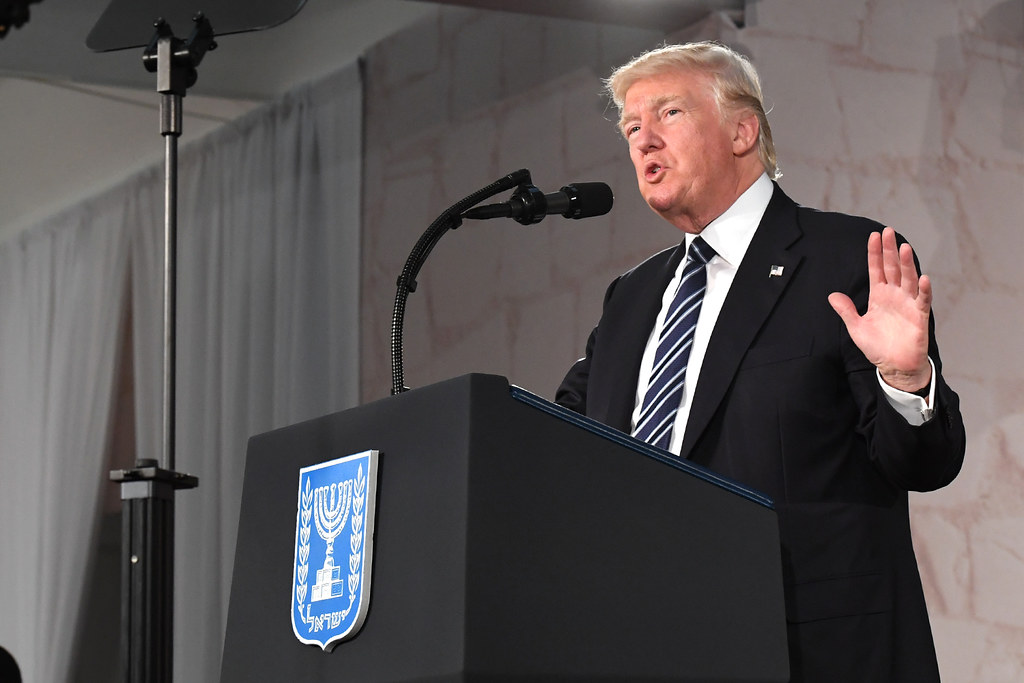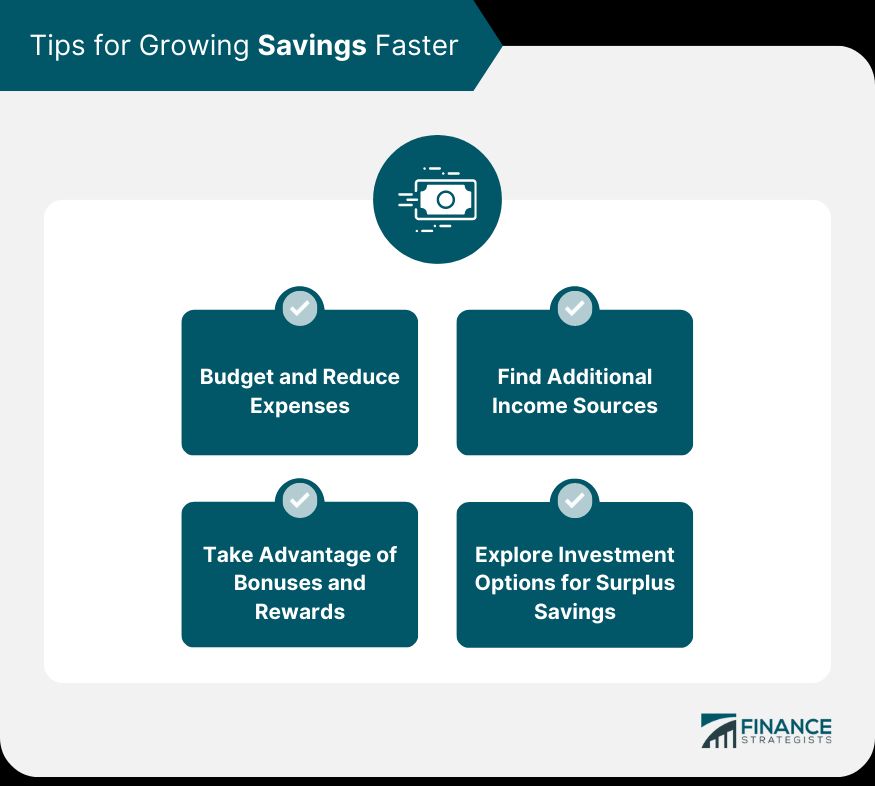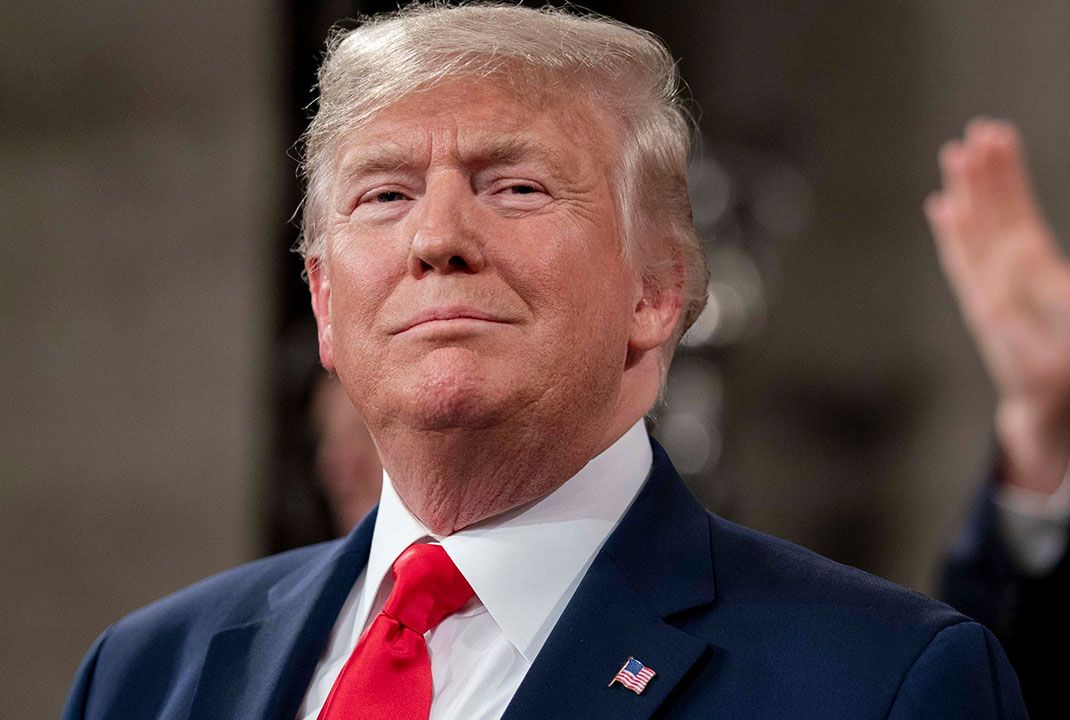
The U.S. government’s budget deficit experienced a significant expansion in July, growing nearly 20% to reach $291 billion. This increase occurred despite a substantial surge in customs duty collections, particularly a nearly $21 billion jump attributed to President Donald Trump’s tariffs, as reported by the Treasury Department on Tuesday.
The latest data underscore a persistent fiscal challenge wherein government expenditures are growing at a faster rate than revenues. This dynamic resulted in the deficit’s escalation by $47 billion from July 2024, representing a 19% increase within a single month.
Receipts for the month saw a modest growth of 2%, or $8 billion, bringing the total to $338 billion. However, this growth was overshadowed by a substantial 10% surge in outlays, which jumped by $56 billion to a record high of $630 billion for the month of July.

Treasury Department officials offered a nuanced perspective on these monthly figures, noting that July of this year had fewer business days compared to the previous year. Adjusting for this difference, receipts would have increased by approximately $20 billion, which would have resulted in a deficit of about $271 billion.
Despite this adjustment, the fundamental narrative persists: a growing disparity between government revenues and expenditures. This trend underscores the broader fiscal challenges confronting the nation, even as particular revenue sources demonstrate robust performance.
A focal point of the July fiscal report is the remarkable increase in net customs receipts. These collections soared to about $27.7 billion in July from approximately $7.1 billion in the year-earlier period, a direct consequence of the higher tariff rates imposed by President Trump.
This roughly $21 billion increase in tariff revenue represents an impressive 273% year – on – year leap. Treasury officials indicated that this upswing in customs duties was in line with similar gains witnessed in June, reflecting a consistent growth trend that has been underway since April.
Read more about: U.S. Escalates Economic Pressure on India with Sweeping 50% Tariffs Over Russian Oil Purchases

President Trump has consistently emphasized the billions of dollars that tariffs are reportedly being channeled into U.S. coffers, portraying this as a confirmation of his trade policies. However, the economic ramifications of these duties are intricate and open to diverse interpretations among financial experts.
Economists generally agree that these duties are not directly borne by foreign governments; instead, they are paid by companies importing goods into the United States. A pivotal element of this dynamic is that these costs are frequently subsequently transferred to American consumers in the form of elevated prices for imported products.
In support of this economic perspective, the consumer price index (CPI) data released on Tuesday provided insights into the impact of tariffs. The data revealed noticeable price hikes for certain goods that are sensitive to tariff rates, such as furniture, footwear, and auto parts.
Read more about: Donald J. Trump: A Comprehensive Profile of the 45th and 47th U.S. President, Businessman, and Media Personality

It is important to note that these specific price increases in tariff-sensitive categories were partially offset by a decline in gasoline prices. This offset contributed to a more moderate overall change in the broader consumer price index for the month.
For the first 10 months of the fiscal year, a broader view of the fiscal landscape reveals a significant acceleration in customs duties. These duties collectively totaled $135.7 billion, marking a substantial increase of $73 billion, or 116%, from the corresponding period a year earlier.
Despite this notable rise in tariff revenue, the overall year-to-date budget results present a widening deficit. The cumulative deficit for the first 10 months of the fiscal year reached $1.629 trillion, an increase of 7%, or $112 billion, compared to the same period a year earlier.
During this 10-month span, total receipts for the U.S. government climbed 6%, or $262 billion, to reach $4.347 trillion, establishing a new record high for this period. Concurrently, total outlays escalated 7%, or $374 billion, to $5.975 trillion, also setting a 10-month record.
The underlying drivers of this increased spending are multifaceted, encompassing various critical government programs. An anonymous Treasury official clarified that the larger fiscal gap was predominantly driven by increased spending across several key areas.
Among the significant contributors to the rising outlays are higher interest payments on the nation’s public debt. This expense reflects the combination of slightly higher interest rates and the growing levels of outstanding government debt, which is currently approaching $37 trillion.
Government healthcare programs, including Medicare for seniors and Medicaid for the poor, represent another major component of the expenditure increase. Costs for these vital programs surged by 10%, or $141 billion, reaching a total of $1.557 trillion for the year-to-date period.
The Social Security pension program, which stands as the largest single expense item in the federal budget, also experienced considerable growth. Over the first 10 months of fiscal 2025, expenditures for Social Security increased by 9%, or $108 billion, amounting to $1.368 trillion.
Read more about: Donald J. Trump: A Comprehensive Profile of the 45th and 47th U.S. President, Businessman, and Media Personality

The cumulative effect of these escalating expenses, particularly in healthcare, social security, and debt interest, significantly outstripped the remarkable gains from customs duties. The year-to-date customs duties were, in essence, more than counterbalanced by these substantial increases in programmatic costs.
Looking ahead, the Congressional Budget Office (CBO) projected in June that President Trump’s tariff strategy could potentially diminish deficits by $2.8 trillion over a 10 – year period. However, this projected fiscal benefit is accompanied by anticipated economic trade – offs.
The CBO’s analysis indicates that such a strategy could lead to decelerated economic growth, contribute to elevated inflation, and result in decreased household purchasing power for American consumers. These potential side effects add a layer of complexity to the economic evaluation of tariff policies.
Further underscoring this caution, economists such as Kent Smetters, who is the director of the University of Pennsylvania’s Penn Wharton Budget Model, have voiced reservations. He warns that tariffs are likely to yield only modest reductions in the national debt.
U.S. Treasury Secretary Scott Bessent, speaking on the Fox Business Network’s “Kudlow” program, affirmed the administration’s dedication to fiscal responsibility. He stated that the administration is “laser – focused on reducing this deficit” through various strategies, including plans to expand trade agreements.
Secretary Bessent also commented on the legal ramifications of the growing tariff revenue. He suggested that the increasing collections from import taxes would render it more difficult for the Supreme Court to rule against Trump’s tariffs, should a legal challenge reach the nation’s top court.

In a recent development concerning trade policy, President Trump extended a trade truce with China for 90 days. This extension maintains the existing 30% tariffs on certain imports while negotiations with Beijing are ongoing, a move that has been confirmed by China’s Ministry of Commerce.
Ken Matheny, the director of macroeconomics at Yale University’s Budget Lab, presented his perspective on the future course of tariff revenue. He observed that it remains uncertain how much further monthly tariff revenue will increase in the short term.
Matheny indicated that the applied tariff rate, calculated by dividing customs duties by the value of goods imports, currently stands at approximately 10%. This figure is significantly lower than the current average tariff rate of about 18% based on the latest policy announcements.
He proposed a potential explanation for this disparity: a substantial number of firms are likely storing goods in bonded customs warehouses. These firms might be awaiting the outcome of trade negotiations, hoping that tariff rates will ultimately be lowered.
Matheny posited, “I suspect these figures are showing us that there is a considerable volume of imports for which the duties have not yet been recognized.” He further elaborated that once these goods are finally released into the country, they will trigger duty payments, potentially resulting in a “temporary significant surge in duties.”
The intricate interplay between escalating government expenditures and the inflow of tariff revenue provides a comprehensive picture of the nation’s fiscal condition. While tariffs have undeniably delivered a substantial boost to customs collections, they have not been adequate to counterbalance the broader trends of rising outlays.

The sustained increase in spending on vital programs such as healthcare and Social Security, along with the escalating cost of servicing the national debt, highlights the multifaceted challenges inherent in managing the federal budget. Policymakers are required to navigate these complex economic currents, striking a balance between revenue generation and expenditure control.
Read more about: Donald J. Trump: A Comprehensive Profile of the 45th and 47th U.S. President, Businessman, and Media Personality
As the U.S. economy progresses, the ongoing discussions concerning trade policies, their revenue ramifications, and the persistent pressures of governmental expenditure will remain pivotal to the nation’s financial prospects. The fiscal trajectory ahead necessitates continuous scrutiny and strategic modifications to guarantee long-term stability and prosperity.



